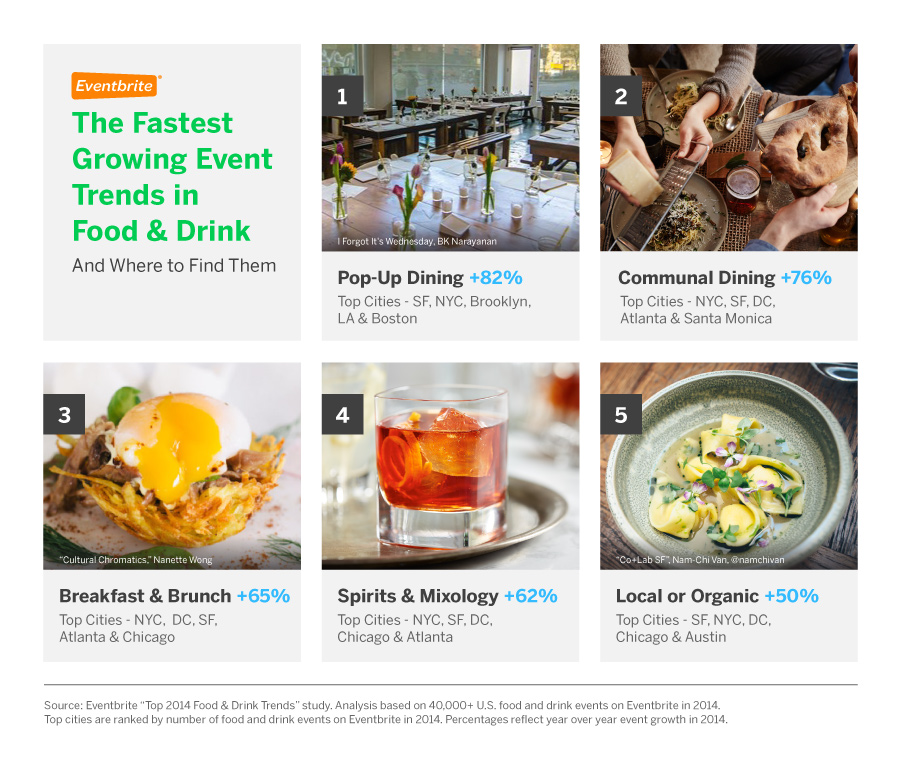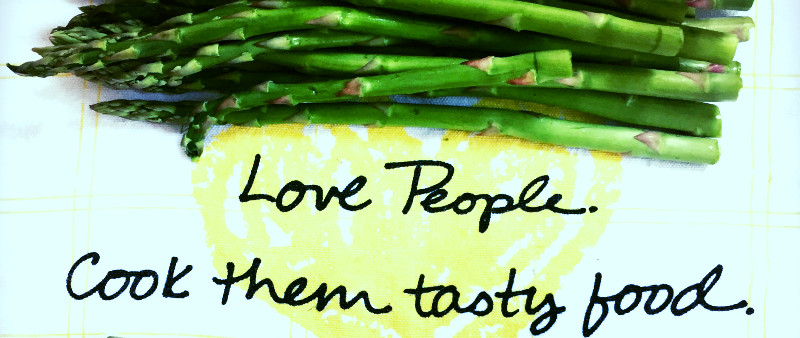Whether you’re looking to jumpstart a healthier lifestyle, change up a stale fitness routine, or introduce new elements into an already beloved wellness program, this post is for you.
Let’s face it, we all have aspects of living healthy and being fit that we love and those that we loathe. For some, stretching is at best an afterthought while others could hang out in forward folds and spinal twists all dang day. The same holds true for every other component of a well-rounded healthy lifestyle—strength training, meditation, active recovery, cardio, and the list goes on.
While it’s natural to pick favorites, it’s important that we all strive to balance our regimens for mind-body optimization and longevity. If you find it hard to stay motivated or juggle all these elements, try out my 7-Day Game Plan for a Healthy New Routine.
7-Day Game Plan for a Healthy New Routine
DAY 1: Strength Training
Pick 5 body weight exercises to build your functional fitness. Include one plyometric move to get your heart rate up. Do each exercise for 45 seconds followed by 15 seconds of rest 4 times. (20-25 minutes)
Example:
- Mountain Climbers
- Squats
- Alternating Lunges
- Walk-Out Planks
- Push Ups
DAY 2: Stretch
Take a Pilates or Yoga Class at your favorite gym, or try some place new. Make sure you let the teacher know beforehand if you’re brand new to the practice or if you have any medical conditions or injuries they should be aware of. Aim for a class that’s at least 45 minutes but no more than 75 (unless it’s a very gentle yoga class). (45-75 minutes)
DAY 3: Active Recovery
Go for an easy walk or leisurely bike ride—and always wear your helmet!
The Washingtonian recently ran a piece of 20 of the best walks to do around Washington, DC. Check out their list for motivation, or drop into Rock Creek Park for a little breathe of fresh air amidst our urban metropolis. (60 minutes)
DAY 4: Intervals
Warm Up for 5 minutes with dynamic stretching or a light jog.
Do 10-15 30-second intense cardio intervals (ex. burpees, speed cycle, stairs, sprints, row) with 2 minutes lower intensity work in between. (30-45 minutes)
DAY 5: Stretch
Take a Pilates or Yoga Class at your favorite gym, or try some place new. Make sure you let the teacher know beforehand if you’re brand new to the practice or if you have any medical conditions or injuries they should be aware of. Aim for a class that’s at least 45 minutes but no more than 75 (unless it’s a very gentle yoga class). (45-75 minutes)
DAY 6: Endurance
Pick a cardio activity you love (hiking, running, biking, rowing, swimming) and do it at a moderate intensity level – i.e. you could hold a conversation but it’d be tough – for at least one hour and up to two. (60-120 minutes)
DAY 7: Active Recovery
Go for an easy walk or leisurely bike ride—and always wear your helmet!
The Washingtonian recently ran a piece of 20 of the best walks to do around Washington, DC. Check out their list for motivation, or drop into Rock Creek Park for a little breathe of fresh air amidst our urban metropolis. (60 minutes)
Start with one week. If you miss a day, don’t sweat it and don’t try and play catch up all in one day. Hit the reset button with Day 1 the next week and try it again. Consistency is key. If you start to get down on yourself for a day when you don’t find a way to fit a workout in you’ll inevitably fail. Give yourself some grace, stay positive, and keep on keepin’ on for the most enduring lifestyle results.












